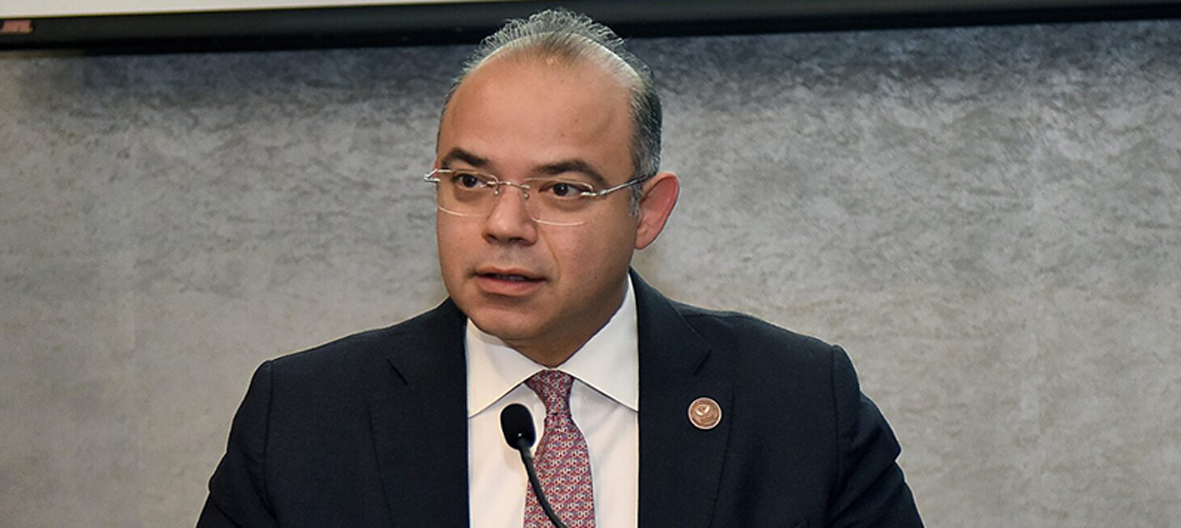Today, Egypt proudly celebrates the inauguration of the long-awaited Grand Egyptian Museum (GEM). This monumental structure is the culmination of centuries of effort, standing as a powerful testament to Egypt’s eternal legacy.
It is not merely a museum, but a poem of stone and light, narrating the tale of a nation born from the womb of eternity and that lives on to endure. Here it stands, towering proudly at the foot of the Pyramids, as if whispering to its ancient monarchs: “We have fulfilled the pledge.” The Museum seamlessly fuses the splendor of the past with the pulse of the present. It is a spiritual bridge of Egyptian identity, stretching from the first stone carved in Thebes to the latest concepts driving modern development and innovation.
The Egyptian people recognized from the dawn of history that sustainability was not a modern trend, but a fundamental philosophy of life. Our ancestors’ architecture, inscriptions and societal structures weren’t built for a fleeting moment—they were built for eternity. They engineered structures that the centuries could not diminish, earning immortality in stone before being recorded in chronicles. Now, this intellectual legacy finds a new, contemporary expression in the Grand Egyptian Museum (GEM), transforming it into a modern sustainability icon where design meets environment, technology enhances beauty and memory illuminates the future.
This splendid structure is Egypt’s declaration to the world: Preserving heritage is the noblest form of sustainable development. Safeguarding the past is not a conflict with progress; it is, rather, its authentic and vital fuel. The Museum’s halls are imbued with the wisdom of a civilization which taught the world that beauty is strength, knowledge is inheritance and foundations built on awareness will survive the passage of time.
In this context, the Museum’s brilliance intersects with another national message, one no less noble or profound: the mission of the Financial Regulatory Authority (FRA), which charts the course of sustainability in the world of finance, just as the Museum charts its course in the world of civilization.
Both carry the same fundamental concern: to safeguard wealth for future generations, whether that wealth is of immortal antiquities or balanced markets. Just as the Museum preserves the heritage of stones and symbols, FRA preserves the legacy of trust and stability, completing the symphony of national development between an immortal stone and an institution guarding the future.
This strategic parallel – between history and finance, the Museum and the Authority – is not incidental. It is a direct expression of the modern Egyptian spirit weaving its vision on a loom of simultaneous authenticity and modernity. This unified effort operates entirely under the mandate of Egypt Vision 2030, which enshrines sustainability as a fundamental way of existence, not just a development slogan.
From the memory etched on ancient temple walls to the institutions building trust in financial markets, the journey of Egyptian eternity unfolds, continually forging its unique path to endurance. We draw on the past which we guard with loyalty to craft a present of determination and master the present with wisdom and action to build a future rich with light and hope.
Just as the Pharaohs immortalized their glory in stone, we immortalize our present through work, reform and unwavering faith in the future. Thus, Egypt endures – as it always has and always will – as the land of eternity and sustainability, the lighthouse of civilization and the inspiration of humanity.
Last modified: November 4, 2025
